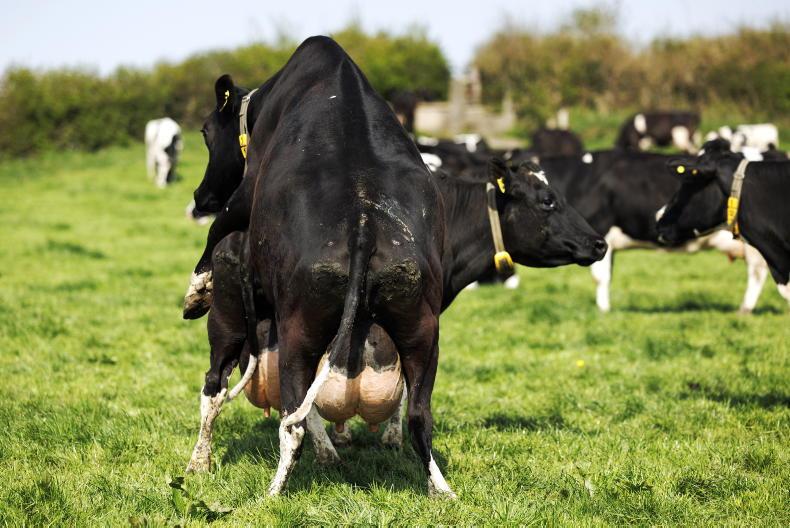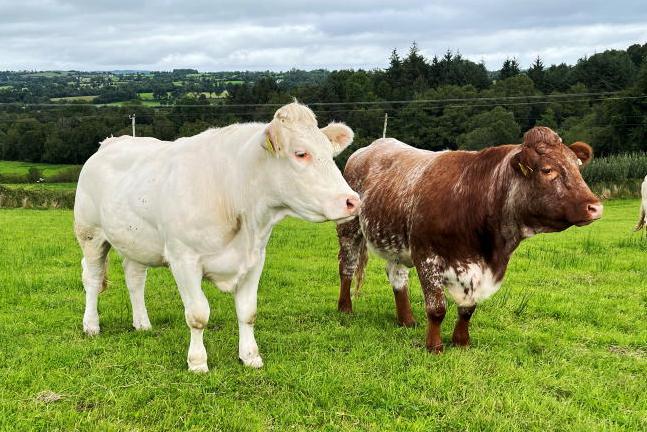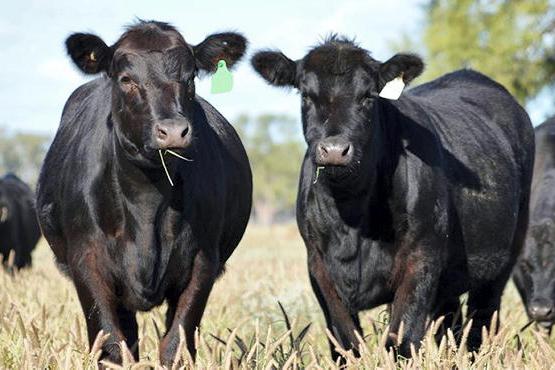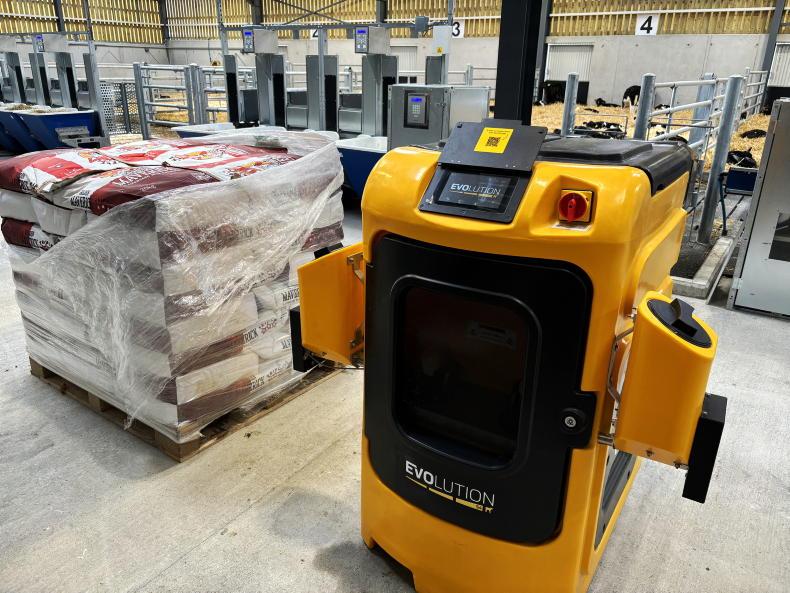The key thing over the next three weeks is to maximise submission rate.
If the cow is not presented for AI, then there is no hope of her going in-calf to AI.
Therefore, knowing the signs of heat is a critical part of the whole process.
Seasoned farmers will be well aware of the signs, but think of younger farmers or farm employees who maybe do not have the same level of experience. This article may help them.
Signs
So what are the signs of heat? The first thing to say is that oestrus or heat is a spectrum and in any herd there will be cows coming into, on-heat and coming off heat.
The following are some of the signs and activities associated with each period.
Cows coming into heat (duration six to 10 hours):
The cow coming into heat will not stand to be mounted.She may be smelling other cows.Attempting to mount other cows. Display a moist, red and slightly swollen vulva. She may be restless and could be bellowing a lot.Cows in heat (duration two to 30 hours - average 15 hours):
Stand to be mounted - hair and skin rubbed off crest of tail.Are nervous, excitable and restless.May mount other cows.May stand with back arched and tail in air.Spend less time than usual grazing.Display moist, red vulva or have clear mucus discharge from vulva.May hold milk.Frequently changes from their usual order of coming into the parlour - often lead the herd from the paddock or lag behind.Cows after heat:
Will not stand to be mounted.Smell other cows.Clear mucus discharge from vulva.Farmers should monitor cows for signs of heat at least three times a day. This includes the two milking periods and one other time, ideally late in the evening.
Heat detection aids, such as tail paint, scratch cards, crayons or some other device can be very useful, because it can be difficult to actually see cows being mounted.
Farmers with the best breeding results will pay very close attention to heat detection and spend time monitoring cows.
The key thing over the next three weeks is to maximise submission rate.
If the cow is not presented for AI, then there is no hope of her going in-calf to AI.
Therefore, knowing the signs of heat is a critical part of the whole process.
Seasoned farmers will be well aware of the signs, but think of younger farmers or farm employees who maybe do not have the same level of experience. This article may help them.
Signs
So what are the signs of heat? The first thing to say is that oestrus or heat is a spectrum and in any herd there will be cows coming into, on-heat and coming off heat.
The following are some of the signs and activities associated with each period.
Cows coming into heat (duration six to 10 hours):
The cow coming into heat will not stand to be mounted.She may be smelling other cows.Attempting to mount other cows. Display a moist, red and slightly swollen vulva. She may be restless and could be bellowing a lot.Cows in heat (duration two to 30 hours - average 15 hours):
Stand to be mounted - hair and skin rubbed off crest of tail.Are nervous, excitable and restless.May mount other cows.May stand with back arched and tail in air.Spend less time than usual grazing.Display moist, red vulva or have clear mucus discharge from vulva.May hold milk.Frequently changes from their usual order of coming into the parlour - often lead the herd from the paddock or lag behind.Cows after heat:
Will not stand to be mounted.Smell other cows.Clear mucus discharge from vulva.Farmers should monitor cows for signs of heat at least three times a day. This includes the two milking periods and one other time, ideally late in the evening.
Heat detection aids, such as tail paint, scratch cards, crayons or some other device can be very useful, because it can be difficult to actually see cows being mounted.
Farmers with the best breeding results will pay very close attention to heat detection and spend time monitoring cows.










SHARING OPTIONS